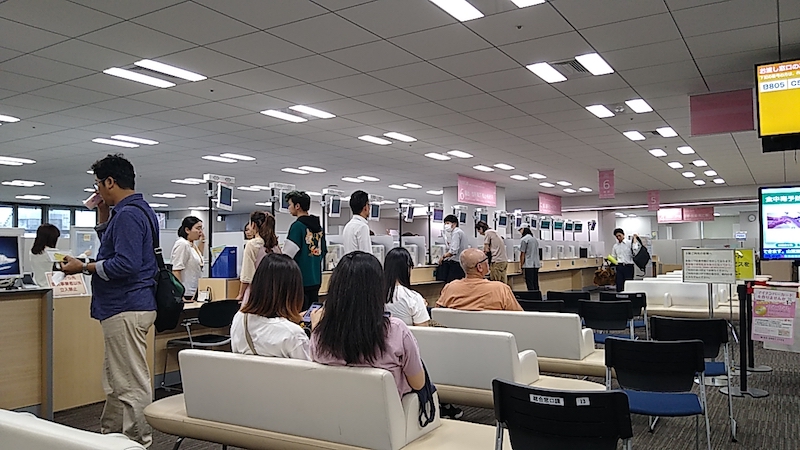The First Days of my Long-Awaited Sabbatical in Japan
Finally, after some four years of careful planning, two of them working as coordinator of CIn-UFPE’s Computer Science undergraduate program (I mention this just because I did not enjoy it at all), I am taking my first sabbatical. I will be working for four months as a Visiting Professor at the research group of the great prof. Hidehiko Masuhara, at Tokyo Institute of Technology (東京工業大学). Here, inspired by my wife’s and my father’s very interesting travelogs, I try to summarize some of the highlights of this experience, in no particular order.
Arrival
There are many mascots and figures all over the Narita airport, just like everywhere else in the country. This is exacerbated by the proximity of the 2020 summer olympics, which will be held in Tokyo. Mario became a kind of informal mascot for the games, with Prime Minister Abe Shinzo even dressing up as the character at the closing ceremony of the 2018 Rio olympics. At the airport, this status Mario achieved as an instantly recognizable element of Japanese culture in the world is explicit.
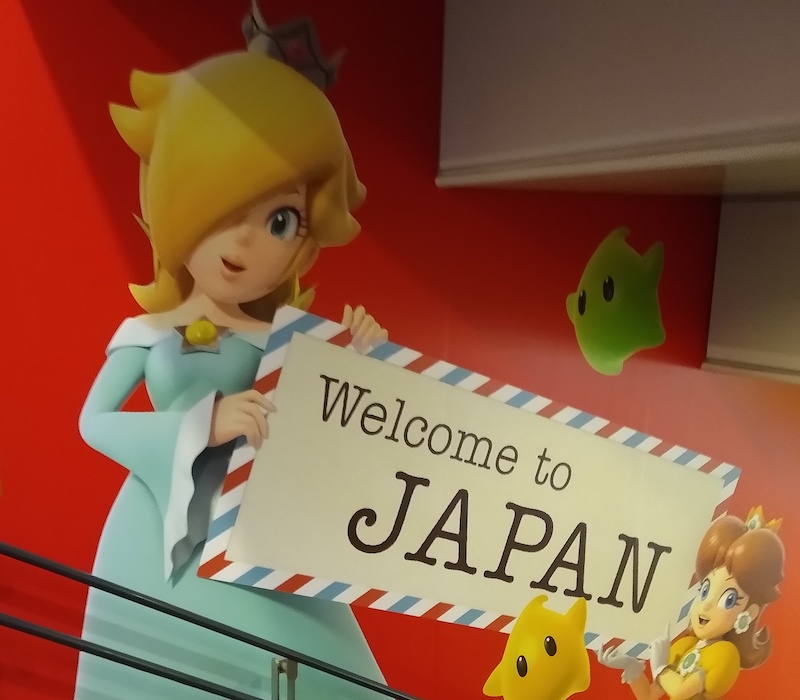
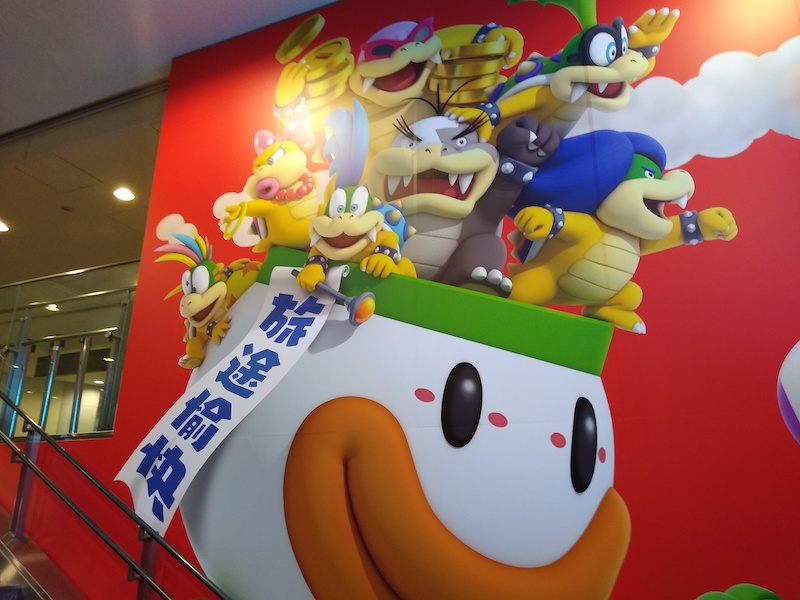
At immigration, I had the first taste that this trip would be different from previous times I’ve been to Japan. I had to go through a separate line only for travelers with resident status in Japan. Waited a little bit there and got my resident card. I felt really proud of this document for absolutely no reason. The immigration officer told me that I would need to go to the ward office closest to my residence to register my address. I thanked him, grabbed my luggage and went to catch the bus to Tokyo. First thing that caught my attention when I left the airport terminal to catch the bus: the HEAT. In previous trips to Japan, I’ve always come either in Winter or in the beginning of Spring. This time, I arrived one week in the fall but it still felt like the height of summer. In the first couple of days,Tokyo was actually hotter than Recife.
Living
I am staying near (for Tokyo standards) Ikebukuro station, in the northern part of central Tokyo (yes, that makes sense). Ikebukuro is a very busy commercial district and the train station is, in my humble opinion, the most confusing of the major stations along the Yamanote train line (with Shinjuku being a close second). The neighborhood is very nice, with lots of small restaurants and konbinis at walking distance, close enough to the major station to walk there but still far enough to be tranquil. As a bonus, there is a metro station really close to my house. The only downside is that the house is more than 16km away from Tokyo Tech. Not a big bother since I’ll be relocating in November, but it takes me one hour to get there by train.
Before coming here, I planned to buy a bicycle to move around more easily and simply because I enjoy riding a bicycle. Furthermore, the Japanese bike all the time, everywhere. There are many mothers with their kids in their (often electrical) mamacharis, salarymen wearing suites, students, seniors, more hardcore bikers in road racers wearing lycra, etc. I bought my cheap, new mamachari two days after I arrived. It is not very good (no gears, feels very heavy), but it is perfectly usable for four months. Enough to move around. Prior to buying it, I read some three or four tutorials exclusively about how to park a bicycle in Japan. No jokes. It is not trivial.
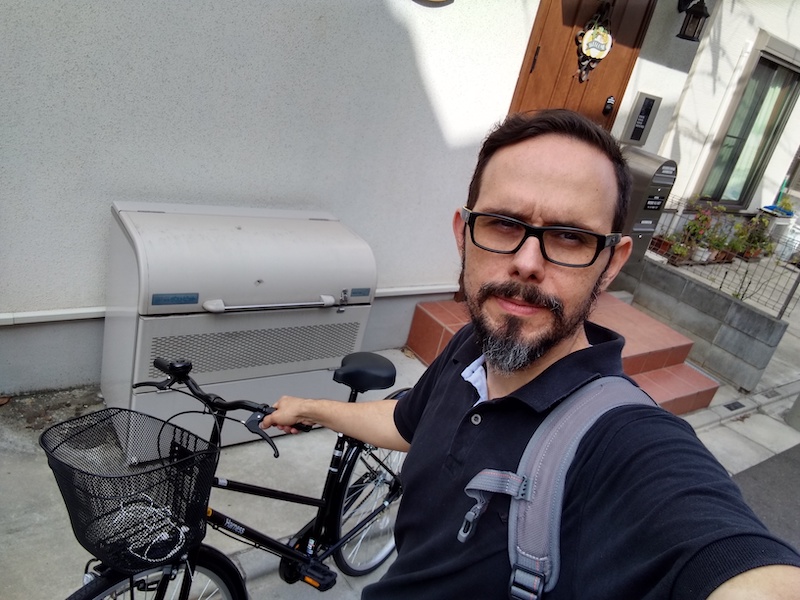
Unfortunately, riding my bicycle to the university everyday is not feasible for me. Depending on the path I take, the distance is something between 17 and 19km. That would amount to spending 3h just commuting everyday. What I try to do is to go by bicycle once or twice per week and pick it up the following day and ride back home. When I relocate to Oota ward, I’ll be much closer to the university and it will be straightforward to go the the university by bicycle.
Food in Japan is great. I love sushi, sashimi, oden, kare, tonkatsu, ramen, soba, yakitori, tamagokake, yakiniku and the multiple Chinese, Korean, and Indian restaurants everywhere. One of the things I like the most is the possibility of trying sushi and sashimi with different kinds of fish. In Recife, we usually only have three kinds of fish (tuna, salmon, and swordfish), plus some boiled octopus, kani, and shrimp (to which I am allergic). I try to be adventurous when it comes to sushi and have tried stuff such as sea devil and raw octopus, which are a bit too weird to my taste, but still worth the experience. However, one day while coming back from the university, I stopped by a takeaway sushi place and, after trying to communicate with the attendant without success, bought a small box of tsubugai sushi (つぶ貝). I definitely was not ready for it. The taste was wrong, the consistency was wrong, and something else, not sure what, was wrong. I searched a little bit about what tsubugai is and felt my sense of adventure completely evaporate when I discovered that I was eating sea snail.
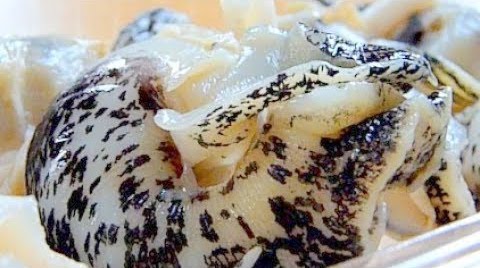
Bureaucracy and Geography
Right after buying my bicycle, I went to the Toshima-ku Ward City Office because it is necessary to notify the city office about where I live. There I discovered that the address of my apartment at AirBNB might have been wrong, though not wrong enough for me not to find it. I went back home, double-checked the address, discovered that it was in fact wrong, and returned to the city office. Addresses in Japan have always confused me. First, because they do not use streets the same way we do. Each city is organized in neighborhoods, or districts, which are organized in sets of blocks of irregular size (choume – 丁目) where each block has a unique number and every construction in a block also has a unique number. Thus, we have addresses such as Ikebukuro 3-Choume 3-2. Second, the concept of a city is different from ours, at least in Tokyo. Toshima-ku, where I am living, is treated as a city and the city office is just like any city hall. Toshima-ku is one of Tokyo’s 23 special wards, which have city-like status, including potentially infinitely re-electable mayors. Toshima-ku’s mayor, Takano Yukio, is currently in his sixth term (as of November 2019). The Tokyo Prefecture, which comprises these 23 special wards plus a number of cities and towns, is currently governed by Koike Yuriko, the first woman to hold this position. Ikebukuro is the most well-known district of the Toshima ward. Some of the special wards are huge. Setagaya has more than 900,000 inhabitants and Nerima and Oota more than 700,000 each.
I stayed one hour and a half at the City Office to register the (now correct) address. Then I discovered that I also had to enroll in the National Health Insurance (NHI), even though I had travel insurance. Waited one hour and a half more and left the building with another local document, this one pertaining to the NHI. Overall, it was not a bad experience. Everything was well-organized and everyone who talked to me was extremely kind. I just don’t want to go through it again, which is too bad because I’ll have to notify the city office again when I move to another ward (and notify the new ward as well). I also discovered that I have bills to pay in Japan (because of the NHI). Again, for absolutely no reason, I felt proud of that.
